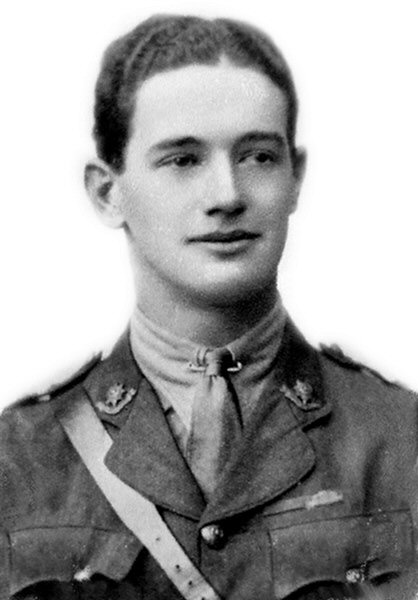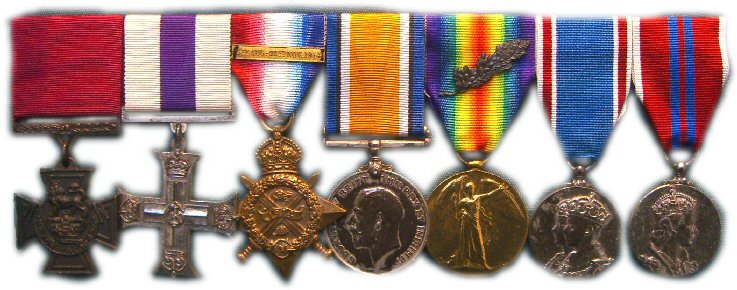| Other Info | Eugene Paul Bennett was born on the 4th June 1892 at Caincross, Stroud, Gloucestershire, son of Charles Bennett a former headmaster and accountant, and Florence Emma Sophia Bennett. He was one of six children and the forth of five sons.
Eugene was educated at Marling School the local grammer school in Stroud. He was keen on sport and was good at both football and cricket.
He was simply known as Paul by his family and freinds.
After leaving school he joined the Bank of England as a clerk.
In October 1913 he enlisted into the army, joining the 28th County of London Battalion (Artist's Rifles), County of London Regiment (Territorial Force) as a Private soldier (army number 1253).
On the out break of war, the Artists' Rifles were mobilised on the 4th August 1914 at Dukes Road, Euston Road and became part of London Division Army Troops in the St Albans area.
He went with the Artist's Rifles to France on the 19th October 1914.
On the 1st January 1915 he was given a commission with the Worcestershire Regiment and joined the 2nd Battalion Worcestershire Regiment, at their reserve billets at Vieille Chapelle, with a group of reinforcements the same month, including two other newly commission officers from the Artist's Rifles.
Throughout 1915 he saw action at Festubert and at the Battle of Loos.
On the 6th November 1915, after four days in reserve, the 2nd Battalion Worcestershire Regiment relieved the 2nd Battalion Highland L.I, in the front trenches east of Cambrin. The Battalion moved forward to the front-line trenches on the right of those previously held. Those trenches were new to the Battalion. The relief was just complete, and officers and men were settling down into their positions in the gathering darkness, when a terrific explosion wrecked the front trenches. The enemy had sprung a mine in the centre of the Battalion's line. About seventy yards of the front trenches of "D" Company were destroyed and a great crater was formed. As the debris of the explosion subsided, a searchlight flashed out from the German lines and lit up the scene. Machine-guns opened from the enemy's line and a hail of bullets swept the wrecked trenches.
The explosion had buried several men of "D" Company: some had completely disappeared, while others were up to their waists or their necks in the heaped mud. Rescue parties led by 2nd Lieutenant E. P. Bennett climbed over the debris and set to work to dig out the helpless men. The cold glare of the searchlight lit up the scene, and a German machine-gun fired rapidly from less than thirty yards away; but the work was continued until all the survivors were freed. A sharp bombing fight followed for the possession of the crater. Bombing continued all night, but by dawn the crater had been secured and the position was more or less normal. For his brave actions 2nd Lieutenant E. P. Bennett was awarded the Military Cross.
Lieutenant E. P. Bennet recieved his Military Cross at Buckingham Palace from H.M. King George V on the 10th May 1916, his parents were also at the ceremony.
In October 1915 the 2nd Battalion moved in to trenches near Cambrin in readiness for the next big push. In 1916 they were in the Somme and involved at the battle of Delville Wood.
In October 1916 the 1st and 4th Battalions of the Worcestershire Regiment moved back from the Transloy Ridges, the 2nd Battalion of the Regiment advanced into the battle area.
On the 5th November 1916, he was to be awarded the Victoria Cross for his brave actions at the Battle of Transloy Ridges. |
|---|

